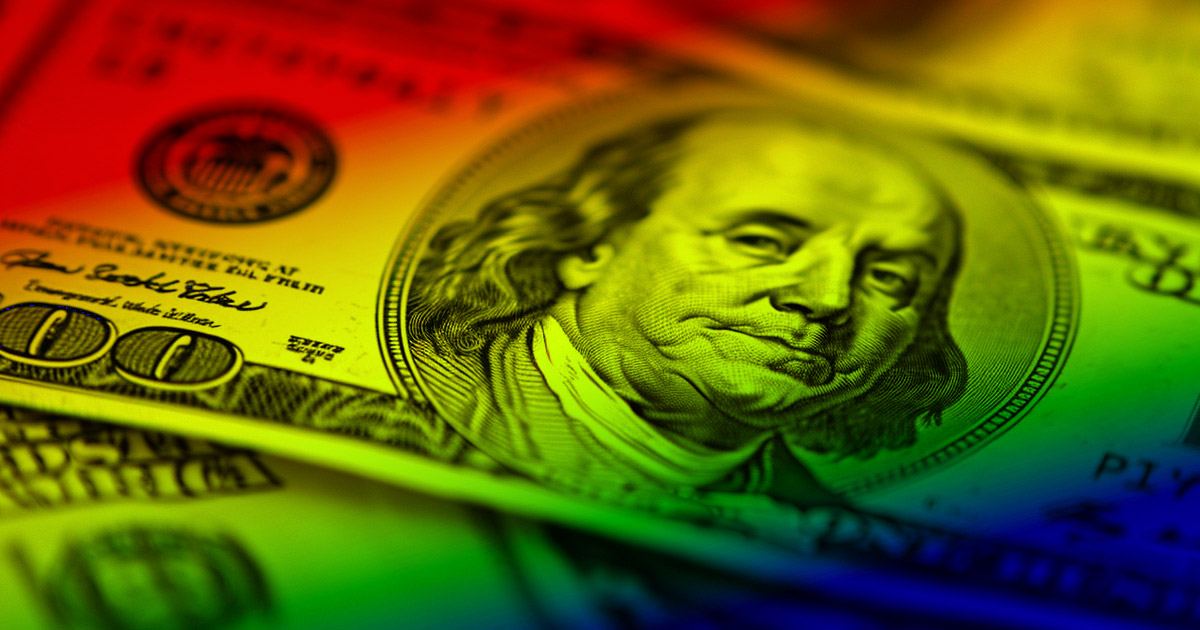
Curve Finance Unleashes New Potential with CRVUSD Fee Switch
By: TOGRP
June 30, 2024 1:39 AM / 0 Comments In Brief News News ZentaPost Banking and Finance International News
In the dynamic world of decentralized finance (DeFi), Curve Finance has once again captured the spotlight with its latest strategic move—the introduction of the CRVUSD fee switch. This development is not just a technical update; it's a transformative step that could redefine profitability patterns for liquidity providers and reshape market dynamics. Let's explore what this means for Curve Finance and the broader DeFi ecosystem.
Introduction to Curve Finance
What is Curve Finance?
Curve Finance is a decentralized exchange (DEX) for stablecoins that leverages an automated market maker (AMM) protocol to manage liquidity. Known for its efficiency and low slippage transactions, Curve is a pivotal player in the DeFi space.
Significance of CRVUSD
CRVUSD is Curve's stablecoin, designed to maintain a peg to the US dollar while facilitating stable transactions within its ecosystem. Its integration into Curve's financial mechanics is crucial for maintaining liquidity and stability.
The CRVUSD Fee Switch Explained
What is the Fee Switch?
The fee switch mechanism is a new feature that allows Curve to adjust fees dynamically on CRVUSD transactions based on market conditions. This flexibility can lead to enhanced profitability for liquidity providers who invest in pools featuring CRVUSD.
How Does It Impact Users?
For regular users of Curve Finance, the fee switch means potentially lower fees during high liquidity periods and vice versa. This dynamic pricing model aims to balance market demand with liquidity availability, benefiting all parties involved.
Strategic Benefits for Liquidity Providers
Increased Revenue Opportunities
One of the most significant advantages of the CRVUSD fee switch is the possibility of increased earnings for liquidity providers. By adjusting fees based on the market's state, providers can maximize their returns during times of high demand.
Enhanced Stability in Returns
The fee switch also contributes to more stable returns by mitigating the impact of market volatility on fee revenues, providing a more predictable income stream for those staked in the system.
Market Implications of the Fee Switch
Influence on DeFi Market Dynamics
The introduction of the fee switch by Curve is likely to influence how other DeFi platforms strategize their fee structures. As competitors observe the effects of Curve’s model, they may adopt similar mechanisms, leading to broader changes across the DeFi landscape.
Potential for Increased Adoption
With improved profitability and stability, Curve's CRVUSD could see higher adoption rates, attracting more users to the platform and potentially increasing the overall volume of transactions.
Challenges and Considerations
Technical and Security Concerns
While the fee switch presents numerous opportunities, it also requires rigorous technical implementation. Security is a paramount concern, as any vulnerabilities could be exploited by malicious actors.
Market Resistance
Adopting new fee structures can initially meet resistance from users accustomed to more static fee models. Curve will need to effectively communicate the benefits to ensure user support and adoption.
Conclusion
Curve Finance's implementation of the CRVUSD fee switch marks a significant milestone in the evolution of DeFi services. By aligning fee structures more closely with market dynamics, Curve is not only enhancing profitability for its liquidity providers but also setting a new standard for user fees in the DeFi space.
FAQs
-
What is the CRVUSD fee switch?
- It's a mechanism that allows Curve Finance to adjust transaction fees on CRVUSD based on market conditions.
-
How does the fee switch benefit liquidity providers?
- It enables higher potential earnings and more stable returns by adjusting fees in response to market demand.
-
What are the challenges associated with the fee switch?
- Technical implementation and security are major considerations, alongside managing user acceptance of the new fee model.
-
Could the fee switch affect other DeFi platforms?
- Yes, it might influence other platforms to reconsider their fee structures to stay competitive.
-
What does this mean for regular users of Curve Finance?
- Users can expect more dynamic fee adjustments, which could mean lower fees during periods of high liquidity.
